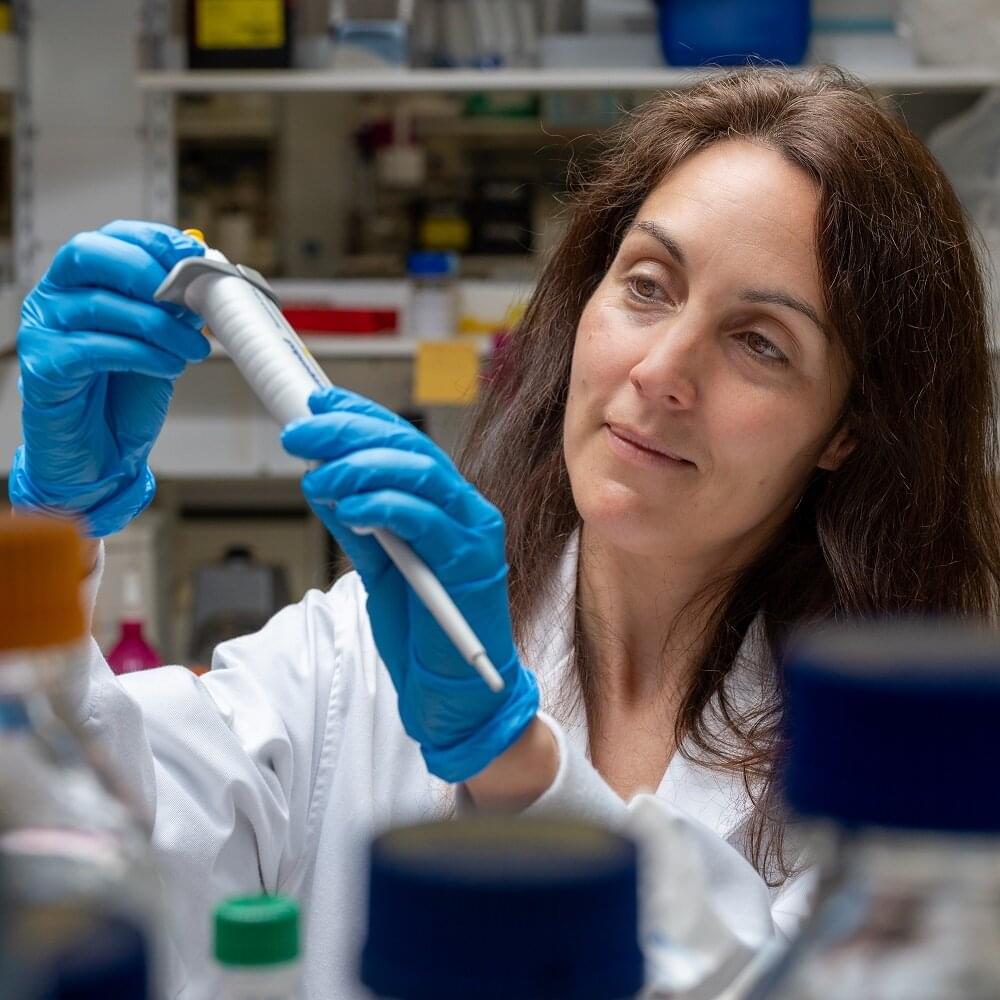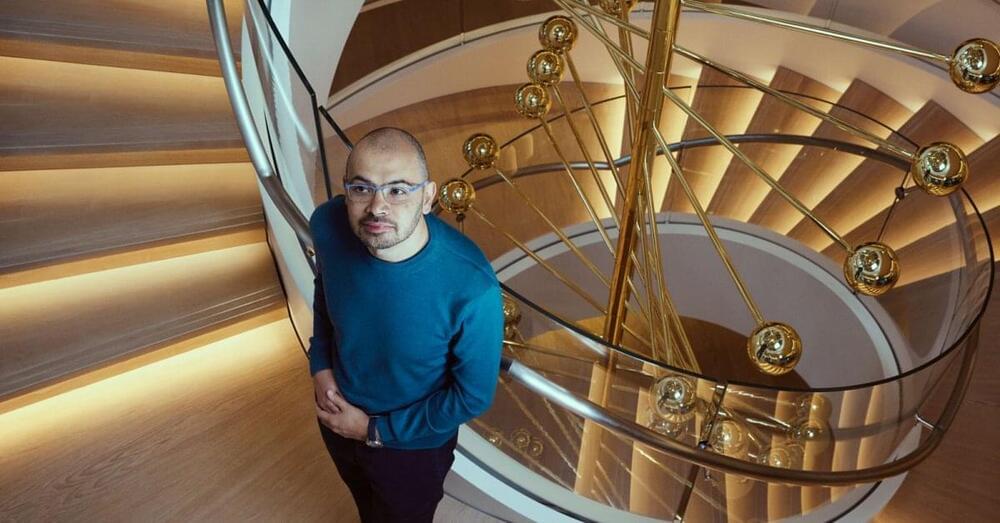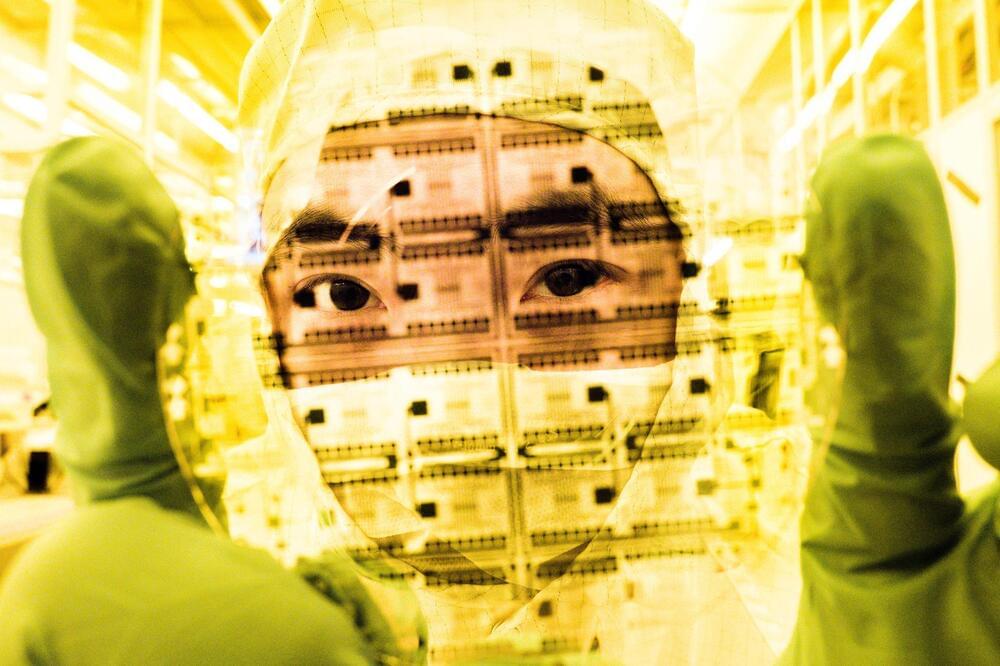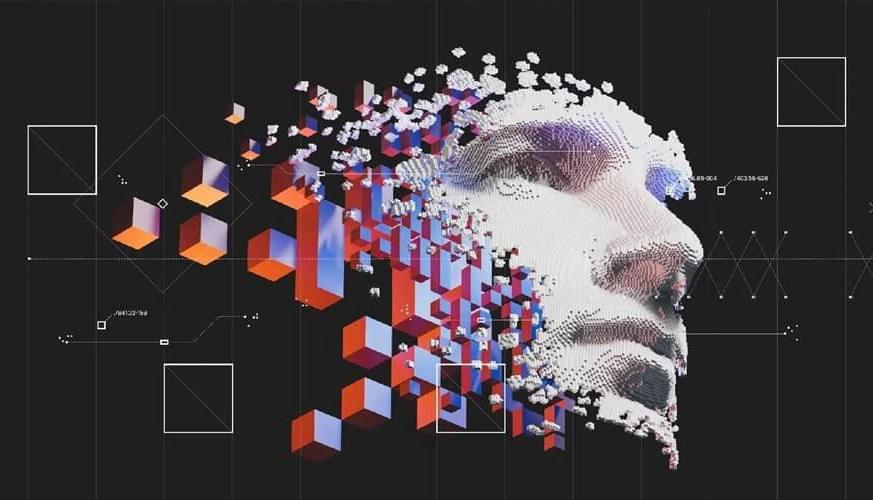Scientists from The Australian National University (ANU) and the Peter MacCallum Cancer Centre have discovered that a protein, called Menin, contributes to abnormal deactivation of specific genes in cancer cells.
One of the hallmarks of cancer is that the normal regulation of genes is disrupted, and this causes cancer cells to look and behave differently to normal cells. Cancer cells can switch off certain genes, keeping them in a dormant state. By deactivating specific immune genes, some cancers are able to evade detection by the immune system, essentially becoming invisible. This allows the cancer to grow and become more aggressive.
By targeting the Menin protein using drug therapies, the researchers believe they can reactivate these genes, making the cancer cells once again visible and allowing the immune system to seek out and destroy them.









